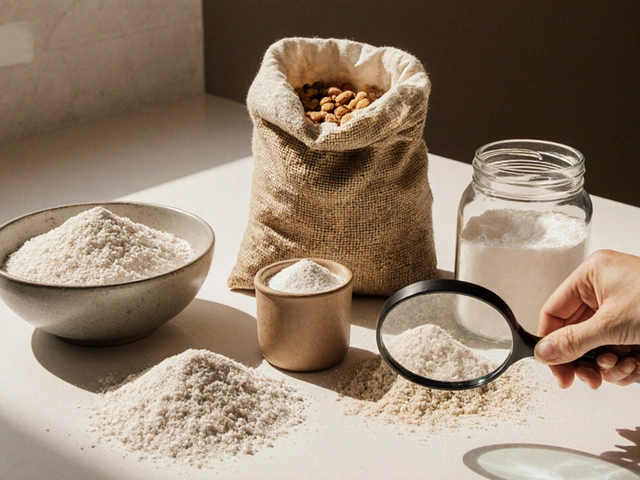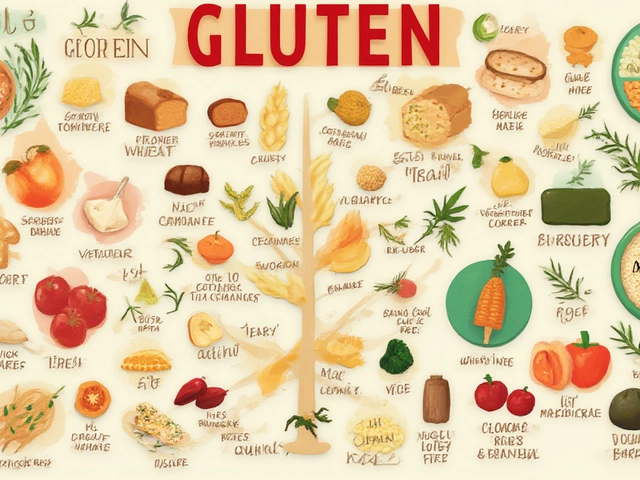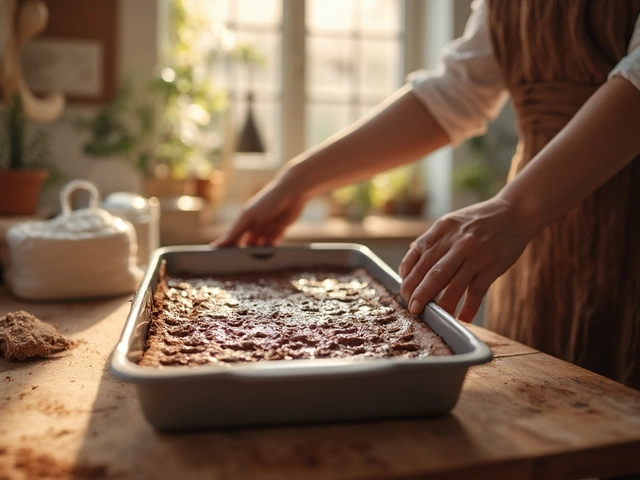Glass Jar Requeijão: Sweet & Savory Inspiration
When you hear glass jar requeijão, a creamy, fermented dairy spread sold in glass containers, beloved across Brazil for toast, cooking, and desserts. Also known as Brazilian cheese spread, it delivers a silky texture that sits between a light cream cheese and a richer ricotta.
In the world of dairy spreads, requeijão, the broader category of soft cheese that includes the jarred version, is made by curdling milk, adding a bit of butter, and letting it ferment to develop its tangy flavor. Because of this process, requeijão shares a protein‑rich profile with cream cheese, a fresh cheese that’s churned with stabilizers to stay spreadable and often used in frosting and fillings. The two can swap places in many recipes, but requeijão’s subtle acidity makes it a favorite for Brazilian desserts like brigadeiro twists or fruit‑topped toast.
Speaking of desserts, Brazilian desserts, sweet treats ranging from flaky pastries to chocolate‑rich cakes, often call for a creamy base to balance bold flavors. Adding glass jar requeijão to a cheesecake filling, for example, boosts moisture while keeping the crumb light – a trick you’ll see in articles about sour‑cream‑enhanced cheesecakes and mascarpone swaps. The same spread can lighten a fudge mixture, helping you hit that soft‑ball stage without ending up grainy.
Why It Matters in Everyday Baking
Every time you whisk requeijão into a batter, you’re leveraging its high‑fat content to create a tender crumb. That’s the science behind why gluten‑free cakes often sink: they miss the fat‑rich filler that requeijão supplies. By swapping a portion of oil for the jarred cheese, you give the batter extra structure, especially in rice‑flour or almond‑flour bases.
If you’re chasing a vegan-friendly twist, remember that requeijão is dairy‑based, but the concept of a fermented spread lives on in plant‑based alternatives like soy‑based “vegan cream cheese.” Articles on vegan jelly sweets and dirty vegan foods point out that the texture goal stays the same – smooth, spreadable, and slightly tangy – even if the source changes.
From a practical standpoint, the glass jar version keeps its freshness longer than plastic tubs. The airtight seal slows oxidation, meaning you can store it in the fridge for weeks while still using it in quick desserts, like a drizzle over brownies or a swirl in a no‑bake tiramisu. That convenience is highlighted in guides about how to tell if brownies are bad or how to rescue over‑cooked fudge.
When you plan a celebration, the versatility of glass jar requeijão shines. It can replace butter in a frosting for a light, buttery finish, or act as a flavorful base for creative birthday cake alternatives – think layered dessert bars topped with a thin spread of requeijão and fresh berries. The spread’s neutral taste lets you pair it with both sweet and savory, making it a go‑to for party planners who want to impress without overcomplicating.
Finally, think about the cultural thread. Requeijão is more than a spread; it’s a staple that connects everyday breakfast to festive feasts. Whether you’re reading about the origins of tiramisu, the history of king versus queen cakes, or the cost of French macarons, you’ll notice a common theme: dairy‑based spreads shape texture, flavor, and tradition. Understanding glass jar requeijão gives you a shortcut to mastering those classic recipes while adding a Brazilian twist.
Below you’ll find a curated set of articles that dive deeper into the science, tricks, and tasty ideas that revolve around this humble yet powerful ingredient. From perfecting fudge temperature to swapping sour cream in cheesecake, each piece shows how a simple spread can elevate your kitchen creations.
Who Invented the Requeijão Cup? The Surprising Story Behind Brazil’s Iconic Glass Jar
Discover who created Brazil's iconic requeijão cup, the 1957 glass‑jar innovation by João Batista de Almeida, and how Nestlé turned it into a national staple.
View More




